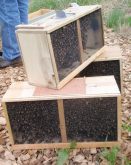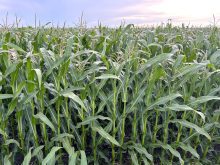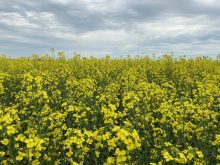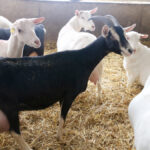After four years and considerable controversy, Canada’s grain industry has revamped its proposed code of practice by turning it into a sustainability “tool.”
A cross-Canada working group developed the guide, which is focused on practices already widely employed by farmers and on raising awareness of that stewardship, said the Alberta producer who chairs the Canadian Roundtable for Sustainable Crops.
“We’ve been really good at preaching to the choir amongst ourselves about the things that we’re doing to be sustainable, but no one else knows about it,” said Jason Lenz.
Read Also
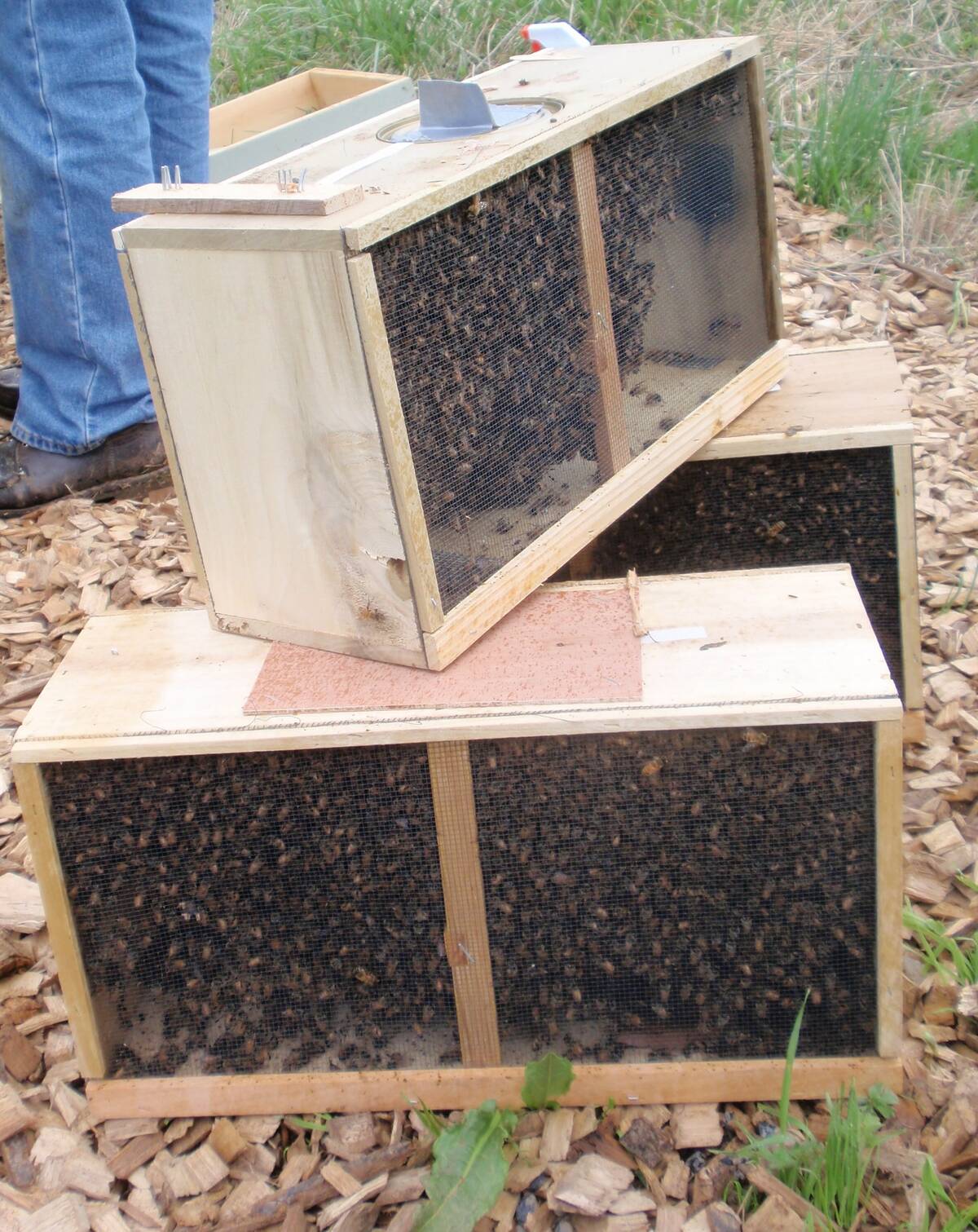
Canadian beekeepers call for regulatory accountability
Beekeepers say the Canadian Food Inspection Agency should restore U.S. packaged bee shipments, claiming the agency isn’t following evidence.
“Our grain, oilseed and pulse customers around the world want to know how Canada’s producing these high-quality crops because they know that it’s the highest quality they can find anywhere.”
While codes of practice are common in many industries, including many ag sectors, it became clear when a preliminary draft of the code was circulated that producers considered that approach unacceptable.
“Farmers told us it was too prescriptive,” said Lenz, who is also Alberta Wheat’s vice-chair. “There were too many things that weren’t telling the story properly and they felt it had kind of a negative tone rather than focusing on how we are continually improving our practices.”
Also, some farmers didn’t see the need for a code of practice in the crop sector. The problem boiled down to lack consultation, he said.
The group went back to the woodshed and developed a white paper through extensive consultations with industry players.
“We spent a bit of time through the latter part of 2020 and early 2021 talking to grain customers, grocery stores, major food distributors and grain exporters on why they thought there was a need for this,” said Lenz.
The group took the paper to almost 700 producers to get their feedback. Last year, it put the data together, refined it further and — heeding the wishes of farmers — distilled the material to the most essential data.
“We went from seven modules down to four and it’s the subjects farmers told us are most important: nutrient and soil management; seed varieties and crop health; water and biodiversity; and health and wellness,” said Lenz.
The problems early on in the process can be pinned in part on the roundtable’s misunderstanding of the massive project size, he added.
“We were working from a blank slate. No country the size of Canada has done this. We tried to include all the regulations that are in place in every province and it just got too big, too prescriptive.”
The revised document, which will be released shortly, features a better representation of the grain industry throughout Canada, he said.
“The content we have now is very relevant across farms and across Canada. That’s the part that we struggled with in the first go-round.”
The audience for the tool includes farmers and grain buyers but it may also be useful in communicating with consumers.
“Once we get the polish on this document and get it published, we’re looking at doing a version that is going to speak more directly to our domestic consumers, our domestic urban families,” said Lenz. “I think it’s something they’ll appreciate.
“I have some aunts and uncles that are a generation removed from the farm and they don’t understand how things have changed around farming, how we became so sustainable and the equipment and technology we’re using to do it.”
It is also expected to help organizations explain the Canadian grain industry while on trade missions.
“Probably the main use for this right off the bat is giving the organizations that sell grain throughout the world something to hold up and say ‘Here’s a farmer and here’s the code of practice or sustainability tool that they’re using,’” said Lenz.
“We know that when our national grain organizations like Cereals Canada and the Canola Council of Canada go out on trade missions, they’ve been asked about sustainable practices in Canada. That’s why a farmer or two are always on these trade missions to explain sustainable production in Canada.
“We know our growing practices are world-leading. That includes the technology in the equipment we’re using and the world-class genetics in our plants and also the environment we live in. In Western Canada in particular, we work with very healthy soil and good growing conditions. That’s kind of what this document is all about.”




